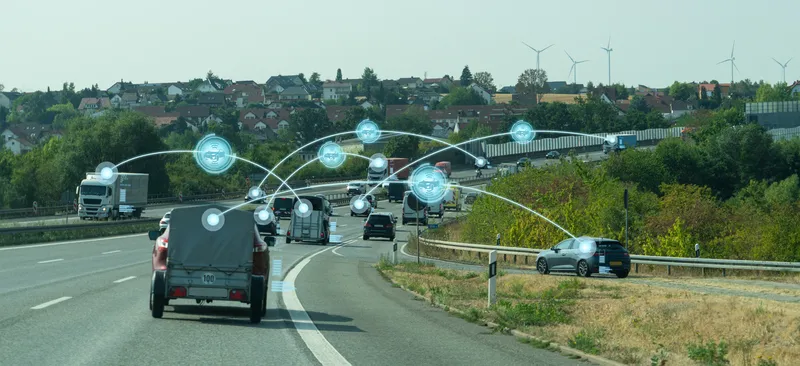The US House Energy and Commerce Subcommittee on Commerce, Manufacturing, and Trade has released a number of staff drafted proposals as part of the committee’s ongoing work to keep families safe on America’s roads.
The staff draft includes proposals to: Incentivise the adoption of crash avoidance technologies and other connected vehicle technologies that improve roadway safety and fuel efficiency; Improve recall awareness; Increase privacy and security protections for motorists; and modernise the Nation
October 15, 2015
Read time: 2 mins
The US House Energy and Commerce Subcommittee on Commerce, Manufacturing, and Trade has released a number of staff drafted proposals as part of the committee’s ongoing work to keep families safe on America’s roads.
The staff draft includes proposals to: Incentivise the adoption of crash avoidance technologies and other connected vehicle technologies that improve roadway safety and fuel efficiency; Improve recall awareness; Increase privacy and security protections for motorists; and modernise the834 National Highway Traffic Safety Administration (NHTSA) for the digital age.
The subcommittee has scheduled a hearing for 21 October to discuss the proposals and other ideas for improving motor vehicle safety – including measures aimed at manufacturers and the National Highway Traffic Safety Administration (NHTSA).
Full committee chairman Fred Upton and subcommittee chairman Michael C. Burgess said: There is an urgency for improvement with both automakers and NHTSA as the next generation of vehicles and innovation are set to emerge. It is an ever-changing landscape, and we look forward to working with our colleagues and stakeholders as this important process continues.”
The staff draft includes proposals to: Incentivise the adoption of crash avoidance technologies and other connected vehicle technologies that improve roadway safety and fuel efficiency; Improve recall awareness; Increase privacy and security protections for motorists; and modernise the
The subcommittee has scheduled a hearing for 21 October to discuss the proposals and other ideas for improving motor vehicle safety – including measures aimed at manufacturers and the National Highway Traffic Safety Administration (NHTSA).
Full committee chairman Fred Upton and subcommittee chairman Michael C. Burgess said: There is an urgency for improvement with both automakers and NHTSA as the next generation of vehicles and innovation are set to emerge. It is an ever-changing landscape, and we look forward to working with our colleagues and stakeholders as this important process continues.”








